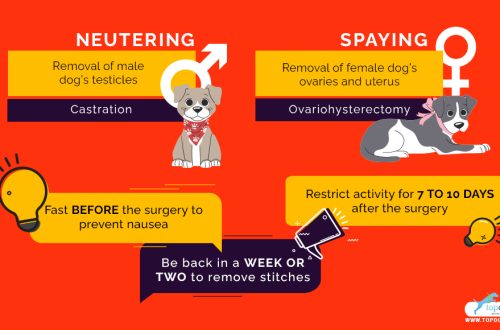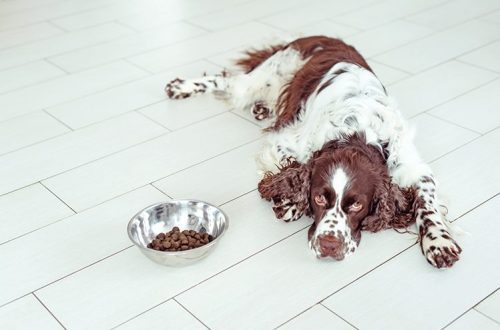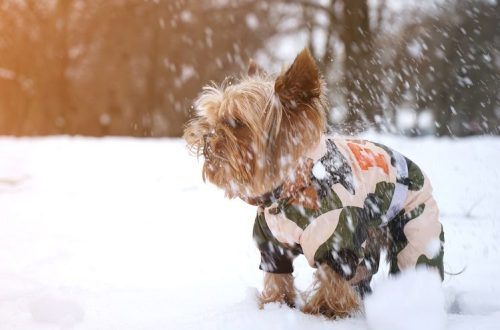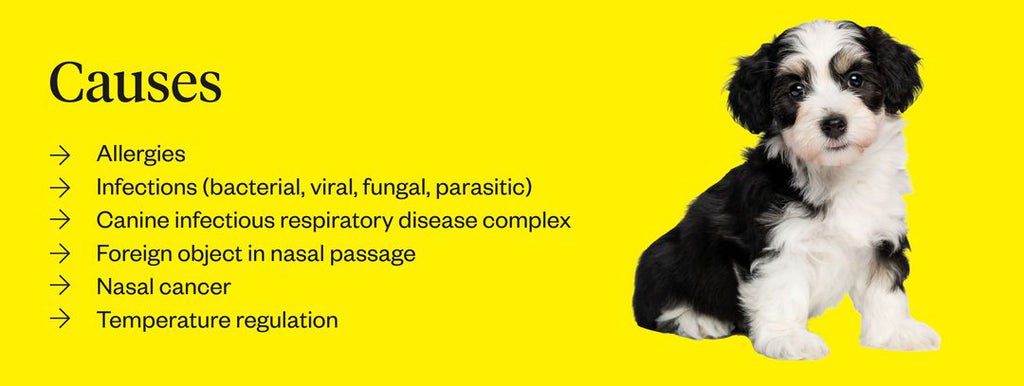
Runny nose in a dog: symptoms and treatment
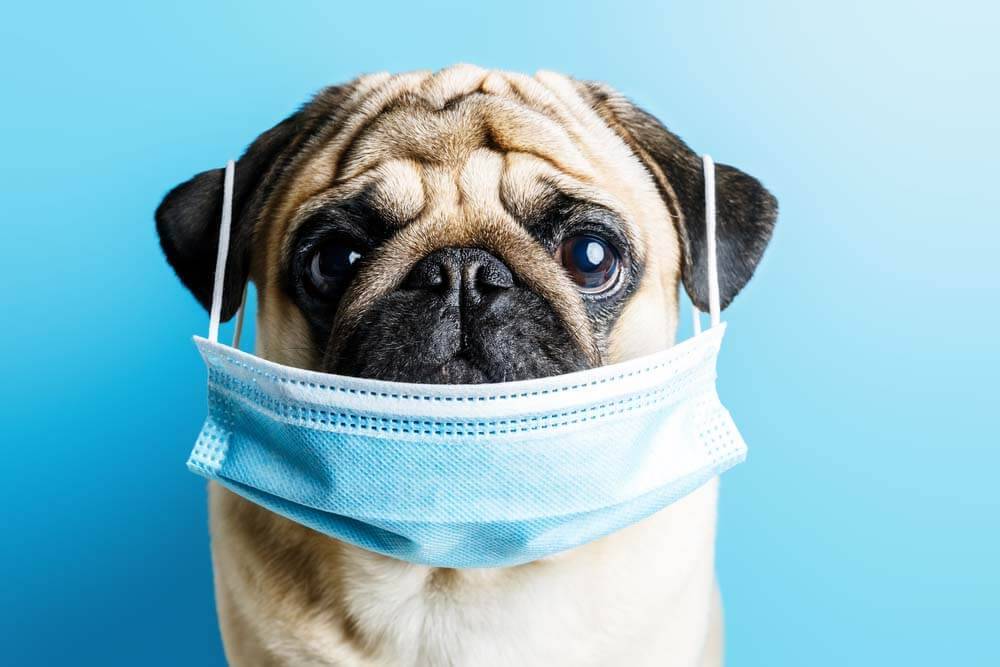
Contents
Do dogs get a runny nose?
There is an unequivocal answer to this question – yes, it happens. It occurs due to inflammation of the nasal mucosa and is called rhinitis. A runny nose is not a diagnosis, in order to successfully treat it in a dog, it is necessary, first of all, to find the cause of the disease.
Causes of runny nose in dogs
There are many reasons for a runny nose in dogs. Next, we will try to analyze each of them in detail.
Infectious diseases
Many respiratory infections can cause a runny nose. Viral diseases include adenovirus type 2, herpesvirus, canine distemper. Bacterial infections include bordetellosis, mycoplasmosis, and chlamydia. Fungal diseases, such as aspergillosis, are extremely rarely diagnosed.
Allergy
Allergic rhinitis is much less common in dogs than in humans, but it is possible. Allergens will mainly be air components – house and construction dust, plant pollen.
Lymphoplasmacytic rhinitis
Diagnosed relatively often. The exact cause of this disease is unknown. There is speculation that this is due to allergic reactions or autoimmune (related to the immune system) disorders.
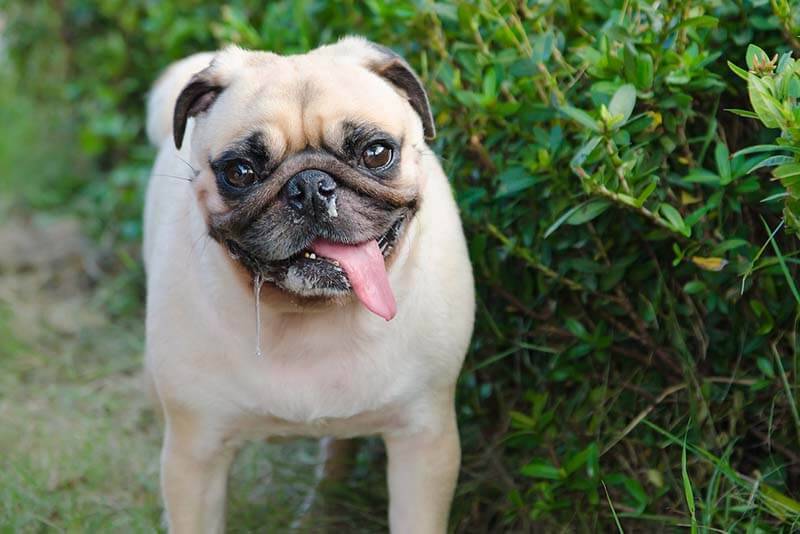
Neoplasms
Tumor formations in the nasal cavity can lead to a runny nose. Tumors such as adenocarcinoma, sarcoma, and lymphoma are common in dogs.
Foreign bodies
Often, especially in active pets, foreign objects can be found in the nose. Most often they are blades of grass and spikelets.
Dental diseases
Advanced cases of dental disease can lead to a runny nose. Infection in the root area often contributes to the formation of an abscess that opens into the nasal cavity, causing infection and inflammation.
Symptoms
The main sign of a runny nose is discharge of a different nature, sometimes there is a complete nasal congestion in a dog.
The symptoms of this condition are as follows:
In allergic rhinitis, the discharge is clear, watery, or mucous. Often there is redness of the eyes and eyelids, itching, especially in the ears and paws.
With lymphoplasmacytic rhinitis, there will also be clear discharge, most often no other symptoms are noted. This condition is common in middle-aged and older dogs.
Infectious diseases, in addition to the usual discharge from the nose, are often accompanied by other symptoms. The outflows can acquire a green and yellow tint, become thick, similar to purulent. Coughing and sneezing are often noted. Possible depression of the general condition, high body temperature, refusal to eat. Plague of carnivores manifests itself very acutely, with the involvement of other body systems. Sometimes there are intestinal and nervous disorders, skin rashes.
With neoplasms at the very beginning, only discharge from the nose is usually noted. Further, deformation of the facial bones often occurs. The discharge may become purulent or bloody. If left untreated, the animal will rapidly lose weight, become lethargic, and may die.
The presence of foreign bodies in the nasal cavity is often accompanied by transparent secretions, which eventually change to purulent. The dog rubs its nose with its paws and occasionally sneezes.
In diseases of the teeth, there is often an unpleasant smell from the mouth, an abundant plaque on the teeth. Allocations can be of a different nature, including with blood. Often the pet sneezes.
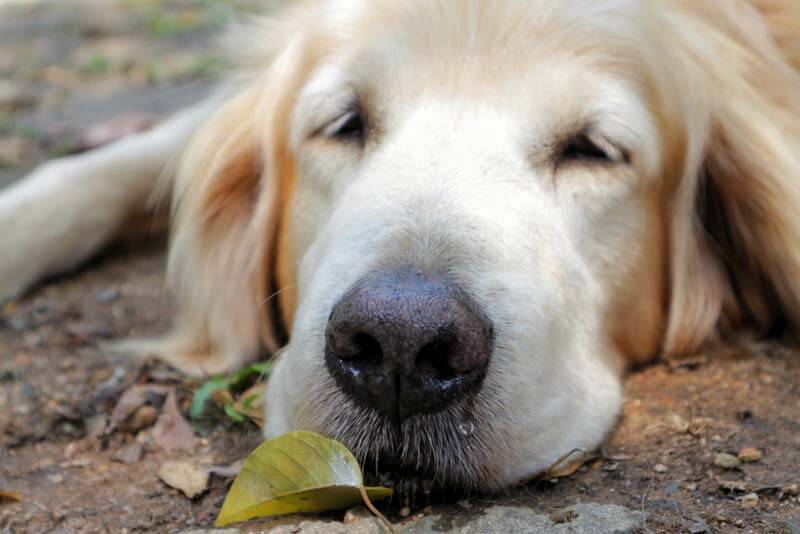
Stages of the course of the disease
In most cases, at the initial stage of the disease, only small clear watery discharges from the nose are noted. Without treatment, they become more abundant and thicker, change color to green, yellow, brownish. Sometimes the inflammation passes to the surrounding tissues – the larynx, pharynx, trachea. Depending on the cause, the duration of these stages will differ. For example, in infections, the process usually occurs fairly quickly. With neoplasms – sometimes for several months.
Diagnostics
For the diagnosis of infections, methods are used – PCR, ELISA, sowing on a bacterial or fungal culture. The presence of a foreign body, neoplasms is most often confirmed by computed tomography. To clarify the type of tumor, a histological examination of the formation is used; it is convenient to obtain material with endoscopic equipment. The same method confirms the diagnosis of lymphoplasmacytic rhinitis.
Dental disease is diagnosed through a simple examination, but sometimes x-rays are required for clarification. Allergy-related diagnosis is often possible by exclusion. That is, in the absence of any result based on the above studies.
How and how to treat a runny nose in dogs?
How and how to treat snot in a dog, the doctor will tell you at the appointment, since depending on the cause, the therapy will differ. To reduce the amount of secretions, and it became easier for the animal to breathe, rinsing with saline solutions is used (any preparations of 0,9% sodium chloride: normal saline, Aquamaris).
If there is a lot of discharge, it is difficult for the dog to breathe, vasoconstrictor nasal drops are used in a short course – for example, Nazivin baby.
Well help inhalation through a nebulizer with saline.
If an infection is confirmed, systemic antibiotics such as amoxicillin, doxycycline may be recommended. To get rid of allergies, you need to try to identify the allergen and eliminate it. Lymphoplasmacytic rhinitis is treated with steroidal or non-steroidal anti-inflammatory drugs.
Tumor formations are fought based on the type of tumor. Oncologists prescribe surgery, chemotherapy, radiation therapy.
It is very convenient to remove a foreign body from the nose using endoscopic equipment.
Dental treatment sometimes requires cleaning with an ultrasonic device, and if necessary, tooth extraction is performed.
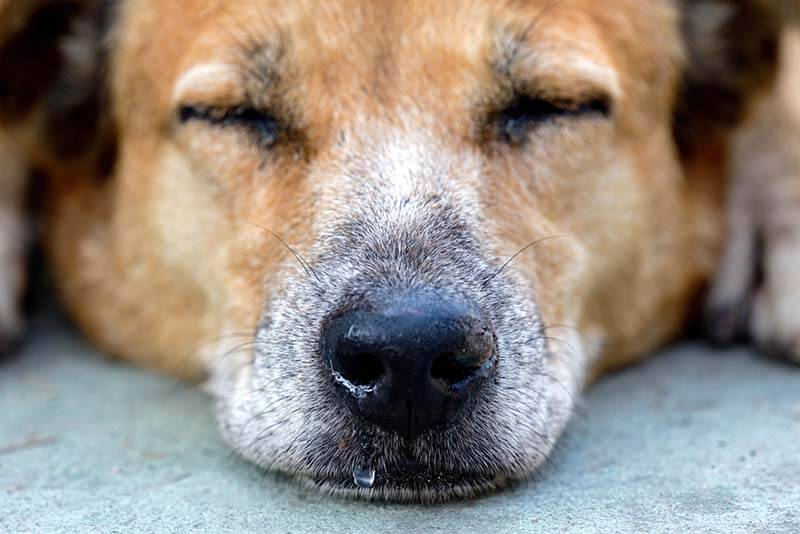
What can be done at home
In the absence of any severe symptoms (cough, lethargy, refusal to eat, high body temperature), you can start treating a runny nose in a dog at home. Independently allowed to do nasal lavage and inhalation with a nebulizer. Starting a course of antibiotics without a doctor’s prescription is strictly not recommended, since uncontrolled use of the drug leads to the development of resistance (resistance) of bacteria. Also, you should not use any drops without the permission of a specialist; choosing them incorrectly can harm the delicate sense of smell of the animal.
Veterinary help
In the case of a severe course of the disease, hospitalization is usually required. When food is refused, intravenous drips are introduced. Antibiotics and other drugs can also be given intravenously. Extraction of foreign bodies from the nasal cavity is feasible only in a clinic setting. Chemotherapy and radiation therapy can only be carried out under the supervision of a specialist. The oncologist will explain these procedures in detail. After diagnosis and normalization of the condition, treatment may be continued at home.
How to rinse your dog’s nose?
We collect saline in a small syringe (about 1-3 ml, depending on the size of the pet), remove the needle;
We fix the dog in a lying or sitting position;
Slowly pour the liquid into each nostril, let the animal rest.
How to put drops in the dog’s nose?
We prepare a bottle with drops, or we collect them in a small syringe or pipette;
We fix the dog in a lying or sitting position;
We drip into each nostril the right amount of the drug (1-2 drops).
Care
Usually pets with a runny nose do not require any special care. It is not recommended to supercool, walk for a long time in the cold or swim in ponds. It is not necessary to completely stop walking, but their duration should be slightly reduced.
Food can be given somewhat warmed up, a special diet is not required. The drinking regimen does not change.
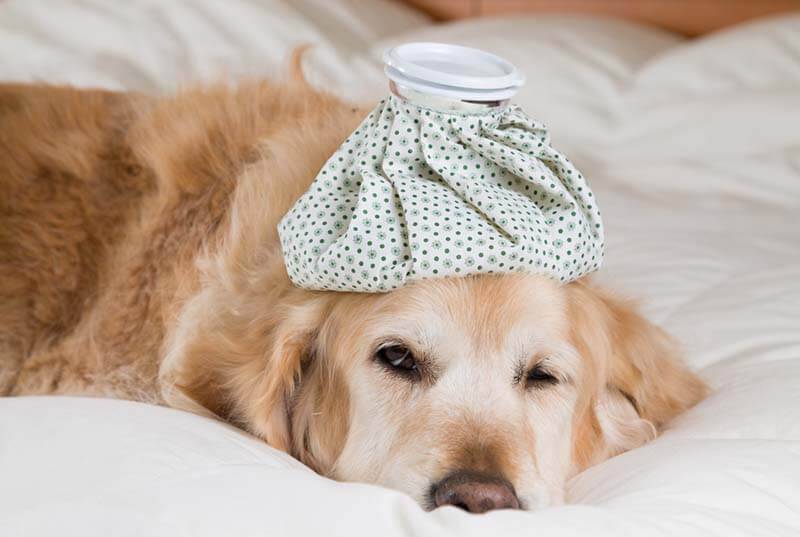
What to do if the puppy has snot?
In babies, diseases can proceed more quickly than in adult animals. In most cases, the causes of rhinitis are infectious. Unvaccinated individuals may be susceptible to canine distemper. Often there is a fatal outcome. If the puppy has a runny nose and snot flows, you should contact the clinic immediately so as not to miss the time, it is undesirable to treat the pet on your own.
Prevention
Annual vaccination is recommended to prevent infections. In addition to the main vaccine, a nasal one is used – against bordetellosis.
Allergic reactions are most often hereditary, and their prevention is difficult. Tumor formations develop due to various factors, including genetic ones, due to radiation, microwaves. Avoiding them is also almost impossible.
Regular brushing with veterinary toothpastes and toothbrushes helps to reduce plaque and tartar and, as a result, keep teeth healthy. The causes of lymphoplasmacytic rhinitis are not fully understood, at the moment there is no data on the prevention of this disease.
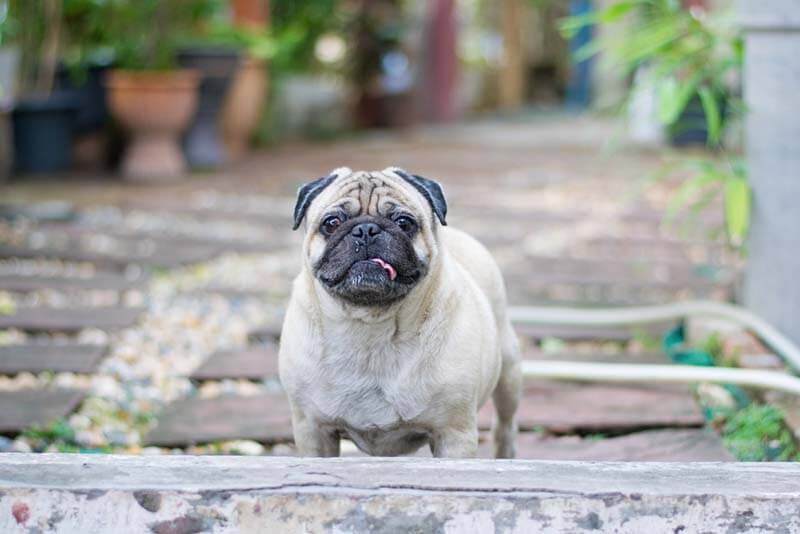
Home
Runny nose, or otherwise rhinitis, occurs in dogs of any breed (toy terriers, Yorkshire terriers, Labradors, dachshunds, shepherds and others) and ages.
For proper treatment, it is necessary to establish the cause of its appearance. It is allowed to start washing the nose at the first sign.
Concomitant symptoms (cough, lethargy, refusal to eat) are considered a reason to contact the clinic as soon as possible.
Prevention is difficult, but vaccination is a highly effective method of preventing infections.
Answers to frequently asked questions





